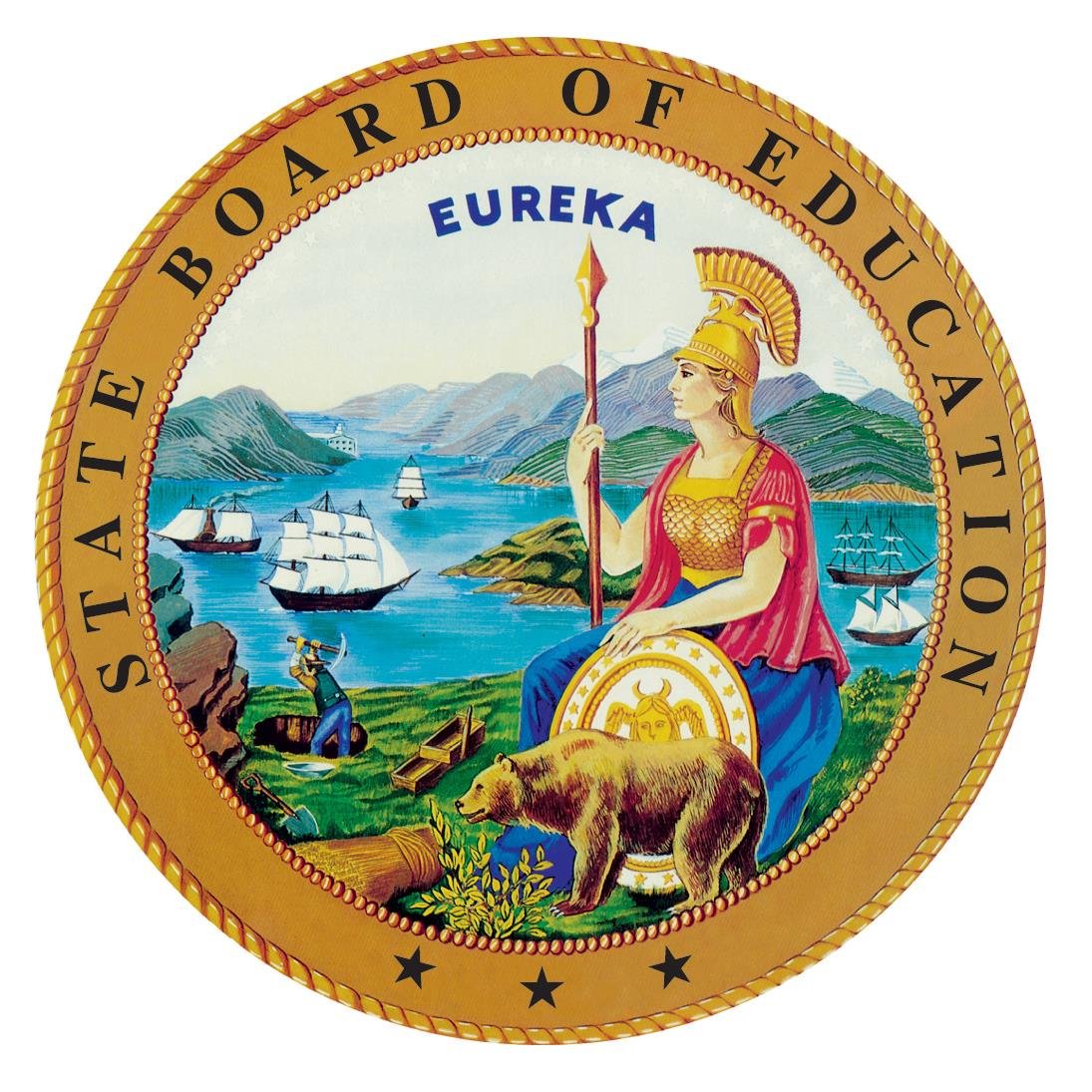The streamlined new Local Control and Accountability Plan template should be easier both for local educational agencies to complete and use and for stakeholders to understand, California Department of Education and State Board of Education officials said upon the adoption of the new document at the Jan. 8-9 board meeting in Sacramento.
The year-in-the-making document is the fourth template revision in six years and will be in use for the 2020–21 through 2022–23 LCAP cycles. Most of the changes stem from Assembly Bill 1840, which called for the LCAP to “make the information included more accessible for parents and other local stakeholders” while providing technical instructions for LEAs in a separate section. An introduction of expenditure tables should also reduce the length of most LCAPs by about half, CDE staff said.
While acknowledging persistent concerns about transparency and stakeholder engagement, State Board members supported the template’s better illustration of how a local educational agency’s money is aligned with programs and services for its most in-need students (an additional aspect of AB 1840 and an issue also raised in a recent report by the State Auditor). Board Vice President Ilene Straus said the document will offer further clarity for districts looking to connect the dots between California School Dashboard indicators, assessment results and the LCAP process.
During public comment, CSBA Legislative Advocate Carlos Machado expressed the association’s support for the staff’s and board’s work on the template, particularly for engaging stakeholders in the process. “The final output reflects this hard work,” Machado said. “We’re happy to see this go forward and we’ll continue to work with our members as this rolls out.”
As part of this rollout, CSBA is hosting a free training for its members on the new LCAP template in West Sacramento on Monday, Feb. 24. The event will help school board members understand the new template and instructions so they are better prepared for their work reviewing and approving LCAPs over the course of the spring and in subsequent years. Space is limited, and registration is open through Thursday, Feb. 20.
Also during public comment, representatives from several districts and county offices of education said it’s now time to allow the LCAP to take root and be a guiding force for change at the local level, rather than continually adjusting the template to accommodate every detail. State Board member Ting Sun agreed with their assessment, saying that it would be impossible to create a template that suits the needs of every one of California’s extremely diverse LEAs. “I agree with the many stakeholders who said this strikes the best balance at this point in time,” she said.
Comprehensive report on students with disabilities
The meeting’s second day began Thursday with a presentation on the state’s 2018–19 annual performance report for Part B of the Individuals with Disabilities Act. The report provides data on the status of California’s students with disabilities in 17 required federal indicators as required for submission annually under the IDEA (a number of the indicator categories overlap with the California School Dashboard).
The 43-page executive summary offers valuable insights not only into performance indicators but into the demographics and disability types of the 795,047 students from birth to 22 years old who received special education from LEAs in the 2018–19 school year. As seen in the accompanying table, the most common primary disability category designation for students is Specific Learning Disability (37.7 percent), followed by Speech or Language Impairment (20.7 percent).
Overall, CDE staff said they are seeing progress in several key indicators, just not at a pace and rate they would like. Noteworthy improvements were seen in graduation rate (a 1.3 percent increase) and disproportional representation by disability (a 17.9 percent decrease), but drops included a 6.9 percent decrease in the number of students with disabilities who enrolled in higher education or were competitively employed within a year of graduating from high school.
In other State Board meeting news:
• Mike Walsh, trustee for the Butte County Office of Education and 2019 CSBA Immediate Past-president, was appointed to serve a two-year term on the Advisory Commission on Charter Schools.
• Superintendent of Public Instruction Tony Thurmond reported that he has formed an LCFF work group to increase transparency in the process. The work group consists of educational partners from a wide array of organizations, including CSBA. The group aims to learn about the LCFF process to ensure it is, as intended, providing additional supports to improve outcomes for students in specific student groups. The group is meeting amid a convergence of interest in LCFF transparency at the state level. Thurmond said that despite some calls to reform LCFF, data experts have shown the CDE that, overall, LCFF is working.
• In a large item on assessments, the board approved changes to the California Science Test blueprint and revisions to the Initial English Language Proficiency Assessments for California Student Score Reports. One significant change to the CAST, which will see first-year results released this month, is a reduction in the number of items in the science test, as many students had a hard time completing the assessment in the estimated window of 2 hours.
• The board approved the submission of the year’s amendments for California’s ESSA State Plan to the U.S. Department of Education. These items, previously adopted by the board, included updating graduation rate goals, thresholds and cut scores, as well as changing cut scores for the English Learner Progress Indicator. In an additional ESSA item, the board approved a list of LEAs with approved Comprehensive Support and Improvement plan summaries. The State Board approves these final plans to meet ESSA standards, which “requires local educational agencies, in partnership with stakeholders, to develop and implement a comprehensive support and improvement (CSI) plan to improve student outcomes for each school identified for CSI.”
• Board members provided input on the Draft Federal Perkins V State Plan for Career Technical Education, which will be used to “leverage state-funded CTE programs and support the development of a broader California State Plan for CTE, particularly given that California intends to lead with state programming.” Final plan recommendations will be presented at the March State Board meeting.
• The board granted Education Code waivers to nine districts so that they can establish by-trustee-area elections as soon as possible. The approval means the LEAs can waive the requirement that by-trustee-area election methods be approved at a districtwide election. Districts that elect board members at-large face existing or potential litigation under the California Voting Rights Act.
• Linda-Darling Hammond was re-elected as board president for 2020, while Straus was re-elected vice president. “I am honored and humbled to serve as president now that we’re in chapter two of the California story, building on the work of the previous board,” Darling-Hammond said.






